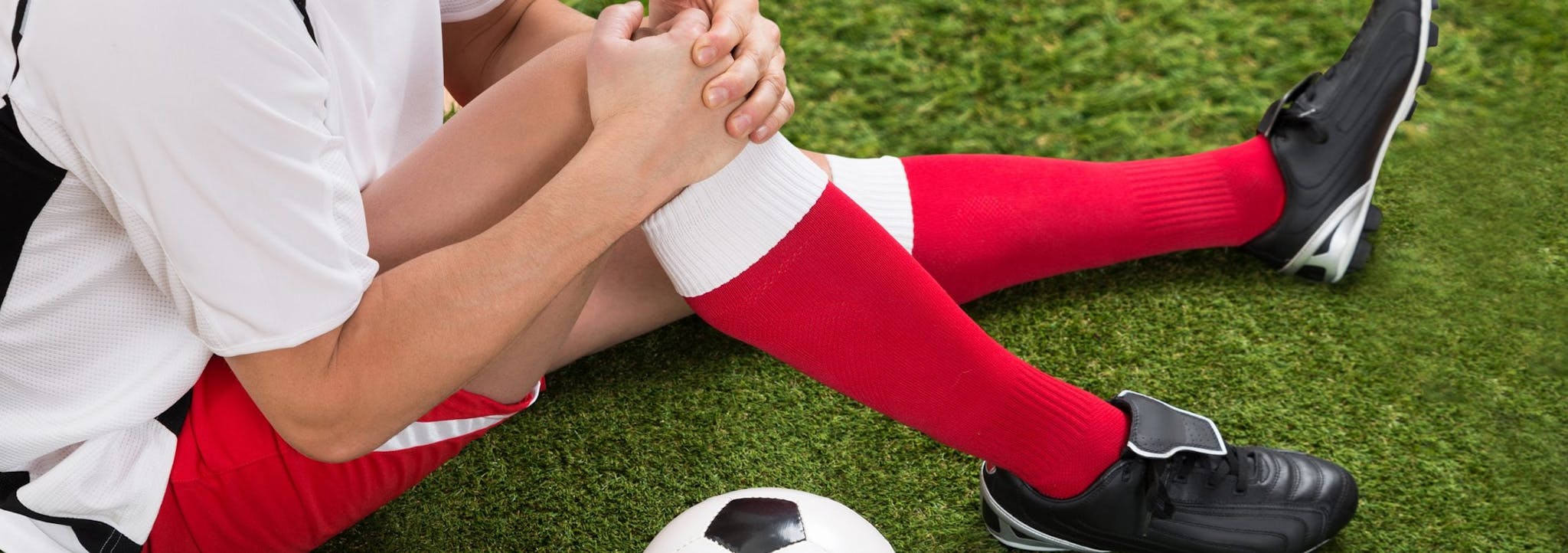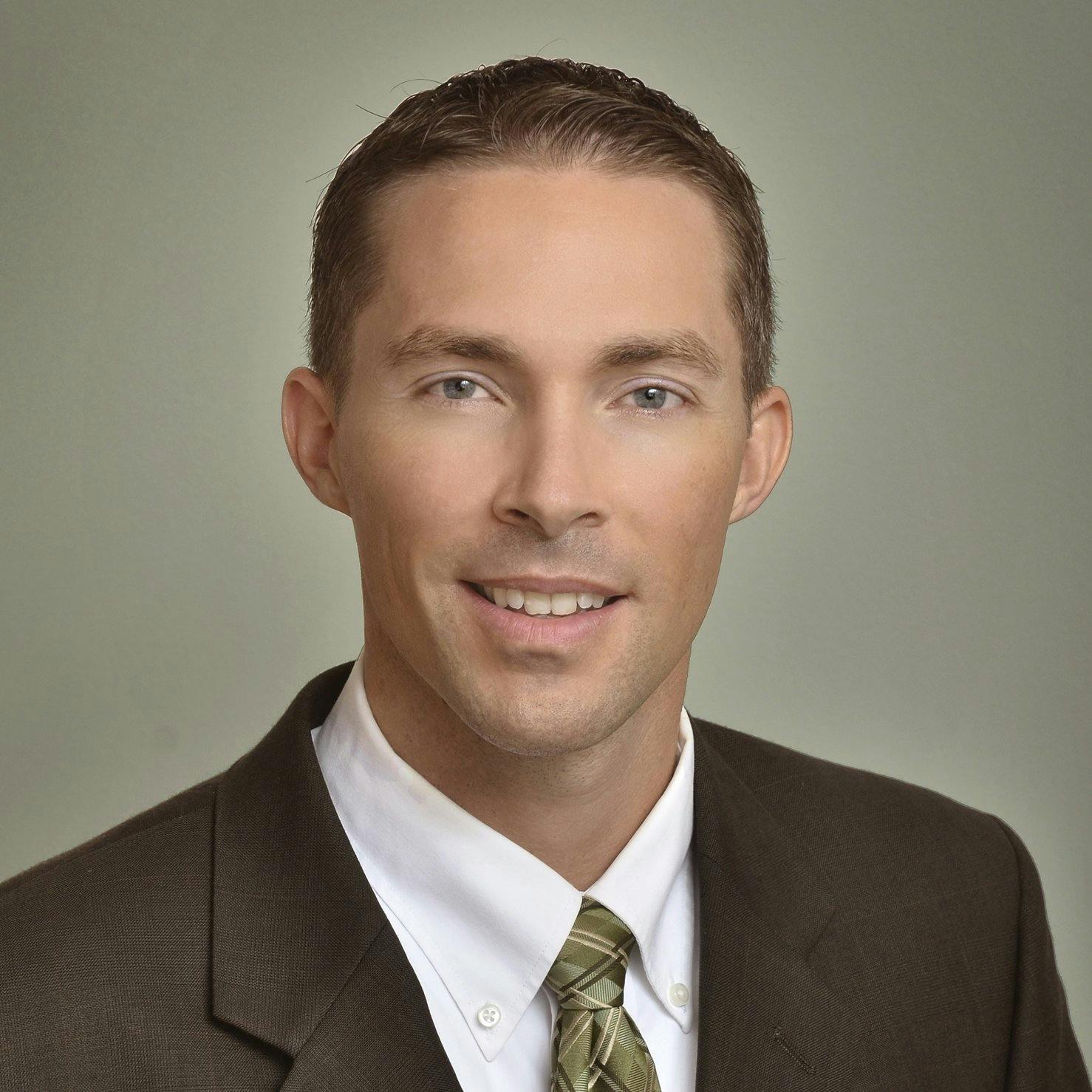
April 9, 2024
The Health Benefits of Stress Management
- Behavioral Health
March 24, 2016 | Orthopedics • Sports Fitness and Physical Therapy

Yearly try-outs for high school sports are a busy time for parents and their teenagers. For a few very special days, life is a combination of excitement and anxiety. As coaches fill rosters, thoughts of possible injuries are usually few and far between.
Many people associate an orthopedic doctor primarily with total joint replacements, particularly among the elderly. The National Library of Medicine cites total joint arthroplasty—procedures like total knee or total hip replacement—as among the top medical advances of the preceding 50 years. They very reliably help patients of various ages regain motion, go back to work, and generally get their lives back.
In addition to being a specialist in orthopedics, I enjoy activities like golfing and skiing. I’m also the father of four children and understand a parent’s anxiety when an injured child needs surgery or medical treatment. It’s my belief that an orthopedic doctor has an important role in the lives of high school student athletes. Here’s why:
More than 38 million U.S. children participate in organized sports every year, the National Institute of Arthritis and Musculoskeletal and Skin Diseases reports. Each year, at least 2.6 million of them 19 and younger get emergency room treatment due to sports- or recreation-related injuries.
Until they reach high school, most children have only experienced injuries like scrapes and bruises. When they participate in activities with a lot more contact, the picture changes. Moreover, Everyday Health cites a Chicago study suggesting that those who focus on just one sport are nearly twice as likely to get injured as those in multiple activities.
Each year, 2.6 million children age 19 and younger get emergency room treatment due to sports- or recreation-related injuries.
There are some similarities in the list of the most common injuries in the adult patients and the children I treat. Treatment from an orthopedic surgeon can be important for most of them. For example, Prevention lists these as the top six exercise-type injuries among women:
– Anterior cruciate ligament (ACL) tears
– Concussions
– Anterior knee pain
– Stress fractures
– Ankle sprains
– Meniscus tears
The American Academy of Orthopaedic Surgeons cites these as most common orthopedic injuries linked to high school sports:
– Acute injuries like bruises, strains, and sprains
– Overuse injuries that affect bones, tendons, ligaments, and muscles from activities like baseball pitching, gymnastics, and swimming
– Stress fractures typically in the shinbone and feet
– Head and neck injuries from activities like hockey, soccer, and football
– Concussions
– Growth plate injuries
I want to stress the importance of getting a proper medical evaluation for the last item, growth plate injuries. They’re spots at the end of long bones where cartilage develops. With full growth, a child’s growth plates harden and become solid bone. Before hardening, they’re very vulnerable to fracturing. Injuring them can cause bone growth disturbances and adult bone deformity.
Why do I love orthopedics? This specialty allows me to help injured patients—especially teens—so that they can quickly get back to their very active lives. My approach is to give patients the opportunity for conservative treatment first, keeping in mind their lifestyles. When surgery is necessary, I work with high schoolers and their parents to come up with the most appropriate treatment goals.
Parents who have a child with what seems like a minor sports-related injury should make sure that the child gets a medical evaluation. For teens who are active in at least one high school sport, I recommend periodic evaluations to look for signs of overuse or other potential problems. Having an orthopedic doctor on board relieves considerable anxiety when an injury occurs and it looks like surgery is a possibility.

WRITTEN BY:
Michael Carlson, MD


April 9, 2024

March 22, 2024

February 12, 2024

February 6, 2024
This information is not intended to replace the advice of a medical professional. You should always consult your doctor before making decisions about your health.